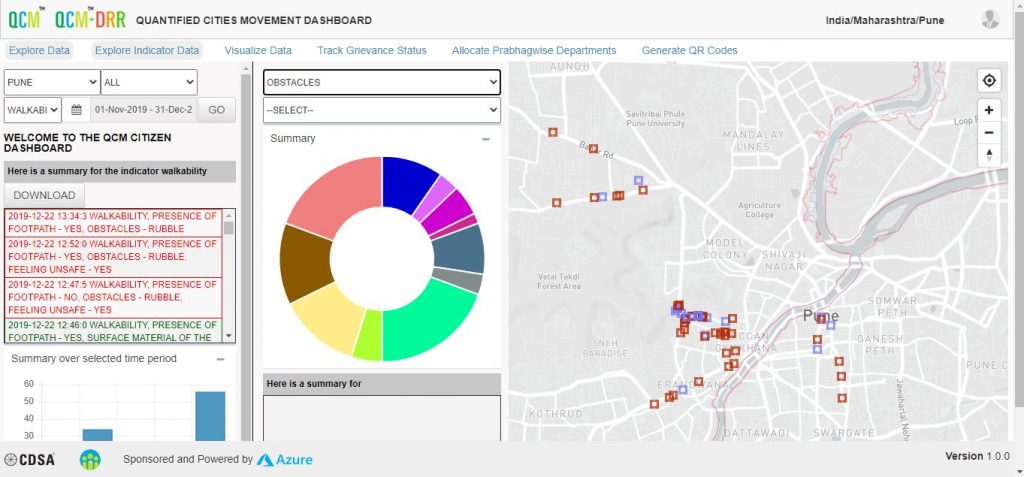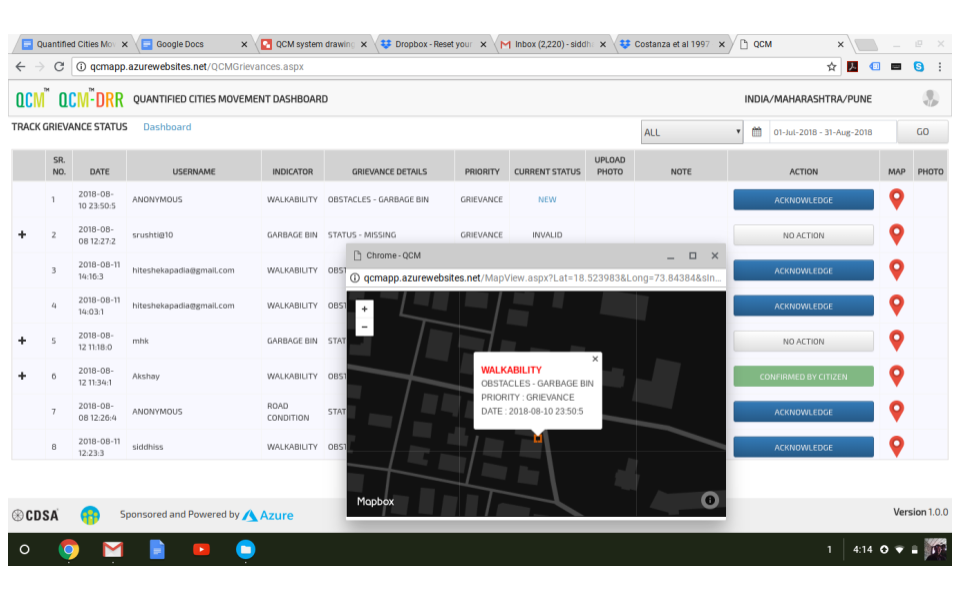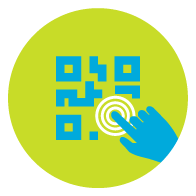

The Quantified Cities Movement (QCM), pioneered and owned by the Centre for Development Studies and Activities (CDSA), Pune, aims to improve urban planning and create resilient cities by building transparency and accountability through facilitating all citizens to participate in the process of decision making at the local level. This process will target achieving the goal of sustainable urban development by promoting resilience activities and increasing local level understanding of urban stresses and disaster risk through the prism of urban planning with a focus on participation of all citizens.
Identifying the potential of QCM ecosystem, Disaster Risk Reduction office of UNICEF India along with Pune Municipal Corporation supported a specialised program Quantified Cities Movement for Disaster Risk Reduction (QCM-DRR) where students from school and colleges were enabled to understand and document various disaster contexts building up the capabilities to deal with such events. This was also one of the Pune city’s Smart City projects for the first phase.


By engaging citizens in data collection for neighborhood level stress and risk identification in order to facilitate best practices in urban policy and planning, we improve participation and increase the availability of evidence in turn improving the Urban policy and planning process. This process empowers all citizens to collect data, and analyze data. It also enables users to map stresses that are identified through comparison with legislated quality standards and suggest solutions. The endeavour will result in the creation of electoral ward level disaster risk reports as well as ward level environmental status reports. These reports will be used to identify local area risks and stresses respectively.
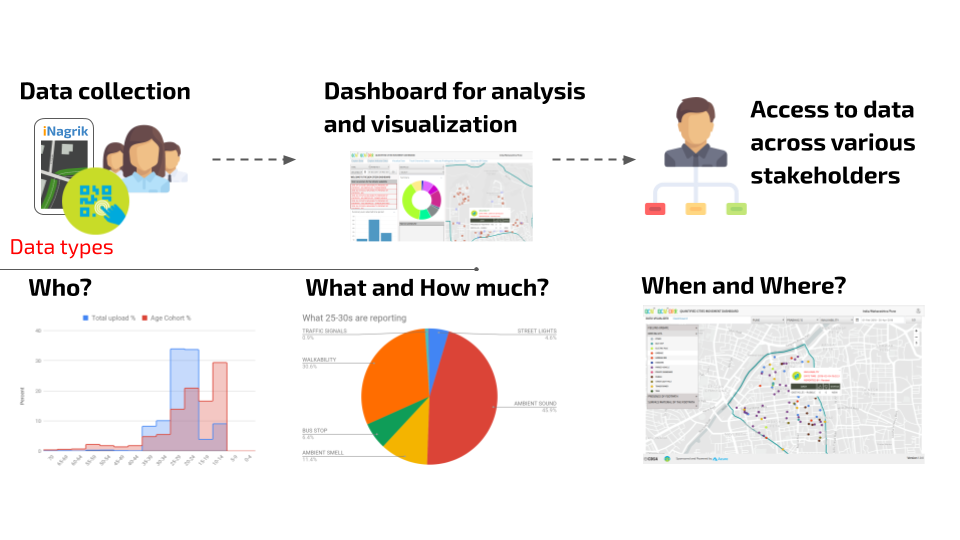
What are the elements QCM ecosystem that stakeholders will use?
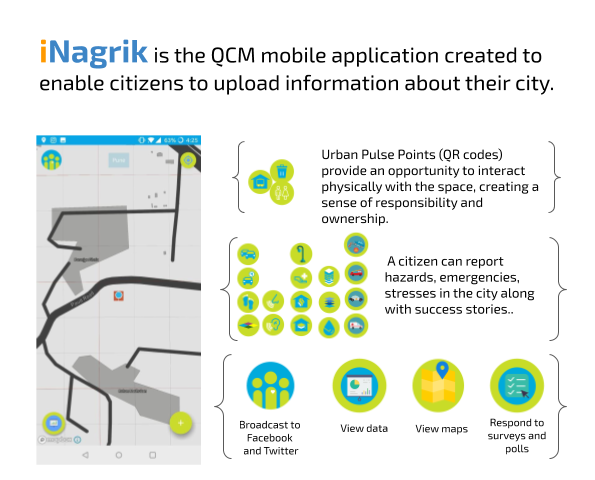

A real-time, location based feedback system for communities and implementing partners to send and receive information on multi sectoral needs including grievances, healthcare, skills, WASH, nutrition and other social protection information.
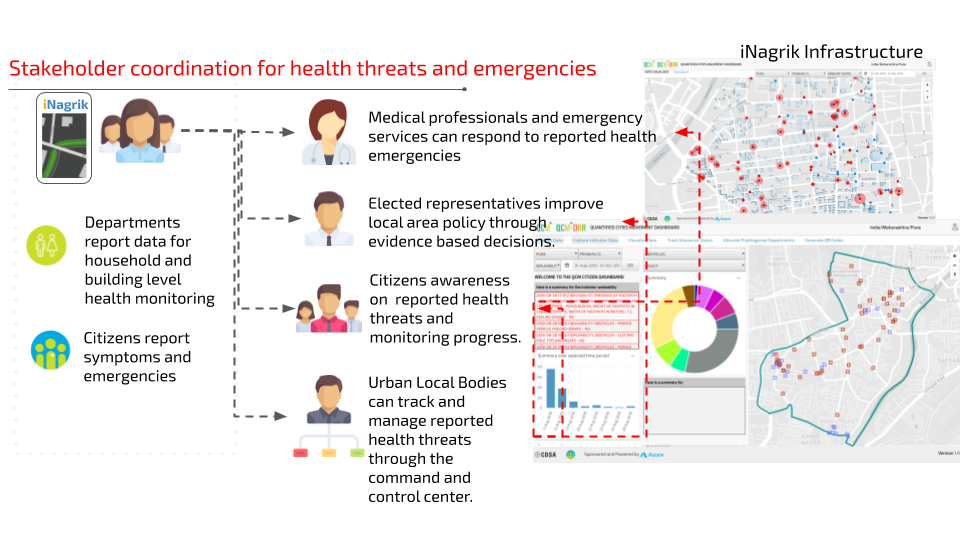
QCM dashboards: The Citizen Dashboard is designed to provide information and analytics to citizens, QCM volunteers and Newspapers about their local areas. The Representatives’ Dashboard is specially designed for Elected Representatives. The dashboard gives access to analytics, evidence and citizen opinions in order to evolve policy.
The Administrative Dashboards have been made for various government departments to deal with grievances and emergencies as well as monitor amenities and services. The Grievance Redressal Interface enables local area managers to track grievances and keep citizens up to date on the status of the grievance.
Download the iNagrik mobile app and join the movement


